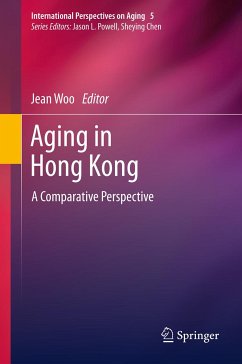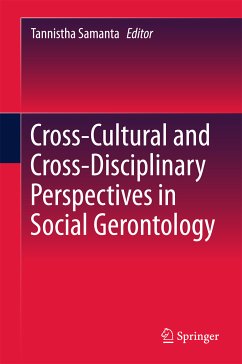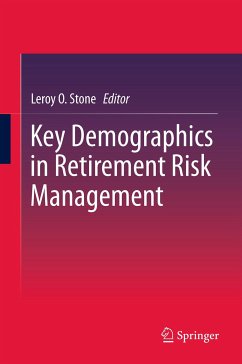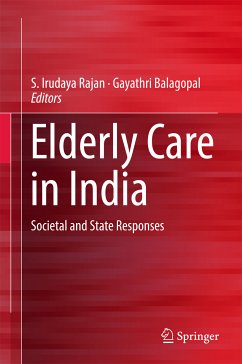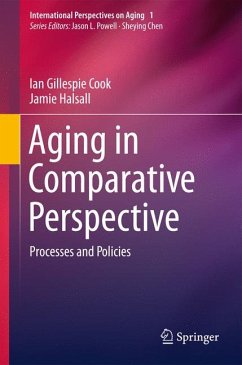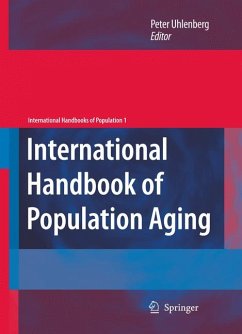
International Handbook of Population Aging (eBook, PDF)
Versandkostenfrei!
Sofort per Download lieferbar
256,95 €
inkl. MwSt.
Weitere Ausgaben:

PAYBACK Punkte
128 °P sammeln!
Peter Uhlenberg The classic handbook of population, The Study of Pop- by the beginning of the twenty-first century and p- ulation edited by Philip Hauser and Otis Dudley Dun- jections show that by 2035 there will be twice as many can, was published in 1959. As described on the dust over age 65 as under age 15. In Italy and in Japan, jacket, this book was "...an encyclopedic summary of where extraordinarily low fertility is persisting, p- the field of demography, ranging from its historical jections indicate that by 2050 there will be three times beginnings to promising subjects for its future ...
Peter Uhlenberg The classic handbook of population, The Study of Pop- by the beginning of the twenty-first century and p- ulation edited by Philip Hauser and Otis Dudley Dun- jections show that by 2035 there will be twice as many can, was published in 1959. As described on the dust over age 65 as under age 15. In Italy and in Japan, jacket, this book was "...an encyclopedic summary of where extraordinarily low fertility is persisting, p- the field of demography, ranging from its historical jections indicate that by 2050 there will be three times beginnings to promising subjects for its future study..." as many people over age 80 as children under age 5. Not only was "population aging" not included as the Although population aging is progressing at different title of one of the 28 chapters in this encyclopedic vol- paces in different parts of the world, significant po- ume on demographic knowledge but the term was not lation aging is expected in every region of the world even included in the index. Demographers at that time in coming decades. The emergence of global popu- did, of course, understand the determinants of a popula- tion aging as one of the most important demographic tion's age distribution and a discussion of this topic was trends in the world today has stimulated scholars to included.
Dieser Download kann aus rechtlichen Gründen nur mit Rechnungsadresse in A, B, BG, CY, CZ, D, DK, EW, E, FIN, F, GR, HR, H, IRL, I, LT, L, LR, M, NL, PL, P, R, S, SLO, SK ausgeliefert werden.




